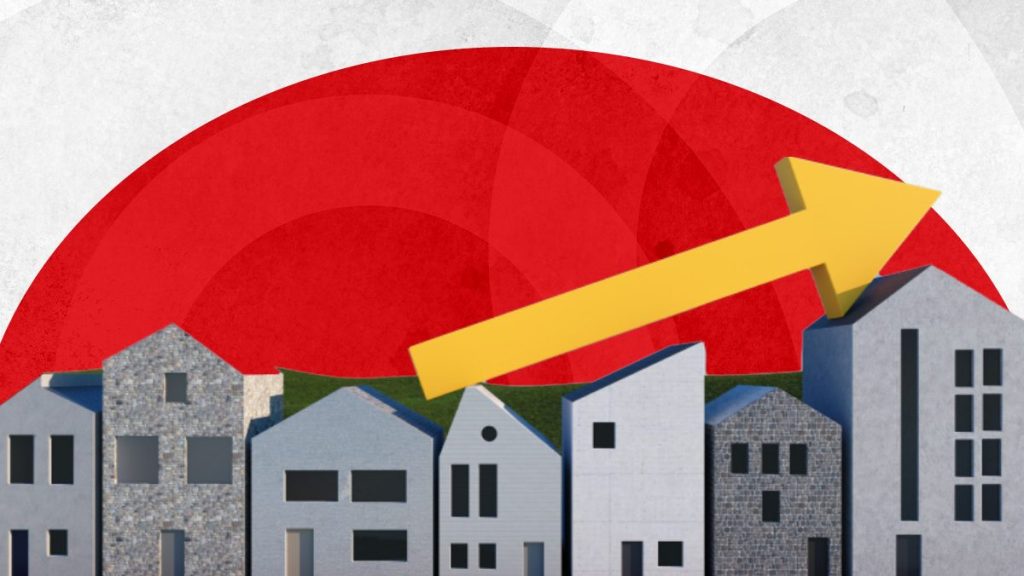Home prices keep moving up, offering few signs of relief to cash-strapped homebuyers.
More than 80% of U.S. metro markets saw price gains in the third quarter of 2023, according to the National Association of Realtors’ latest quarterly report. That’s 182 of the total 221 metro markets studied.
Among the metros tracked, 11% registered double-digit price increases in the third quarter, up from 5% in Q2. On a year-over-year basis, the national median existing-home price climbed 2.2% to $406,900, up from $398,000 in Q3 2022.
“Homeowners have accumulated sizable wealth, with a typical homeowner gaining more than $100,000 in overall net worth since 2019 and before the height of the pandemic,” NAR Chief Economist Lawrence Yun said in a statement.
“However, the persistent lack of available homes on the market will make the dream of homeownership increasingly difficult for younger adults unless housing supply is significantly boosted.”
Home prices increased across the board
Homer prices rallied across all four major U.S. regions, posting year-over-year growth of 5.3% in the Northeast; 5.2% in the Midwest; 0.6% in the West; and 1.7% in the South.
Fond du Lac, Wisconsin (18.9%); Hickory-Lenoir-Morganton, North Carolina (17.1%); and Oshkosh-Neenah, Wisconsin (15.2%) posted the largest annual price increases. Among the top 10 metro areas with the largest price increases, six were located in the Midwest, with gains exceeding 12.6%.
Additionally, eight of the top 10 most expensive markets in the United States were in California, including San Jose-Sunnyvale-Santa Clara, Anaheim-Santa Ana-Irvine and San Francisco-Oakland-Hayward.
Meanwhile, only 17% of markets experienced home-price declines in the third quarter, down from 41% of markets in Q2.
Housing affordability worsened in the third quarter
The monthly mortgage payment for a typical, existing single-family home with a 20% down payment was $2,192 in Q3, up 7% from Q2 ($2,051) and up 19.2% from Q3 2022 ($1,840).
Households typically spent 26.8% of their income on mortgage payments in the third quarter, up from 25.3% in the previous quarter and 23.5% from a year ago. Meanwhile, first-time homebuyers typically spent 40.4% of their household income on mortgage payments in Q3, up from 38.2% in the previous quarter.
In almost half of the markets surveyed, a household needed a qualifying income of at least $100,000 per year to afford a 10% down payment on a house, up from 40.3% in the prior quarter. A family with a household income of less than $50,000 could afford a home in only 2.7% of markets, down from 6.3% in Q2.
To overcome the affordability crisis, Yun is counting on the Federal Reserve to cut interest rates and on Congress to create incentives for homebuilders and developers to build more inventory.
“The housing market shouldn’t be accessible only to those who are paying in cash nor become a playground for the wealthy,” Yun said.





